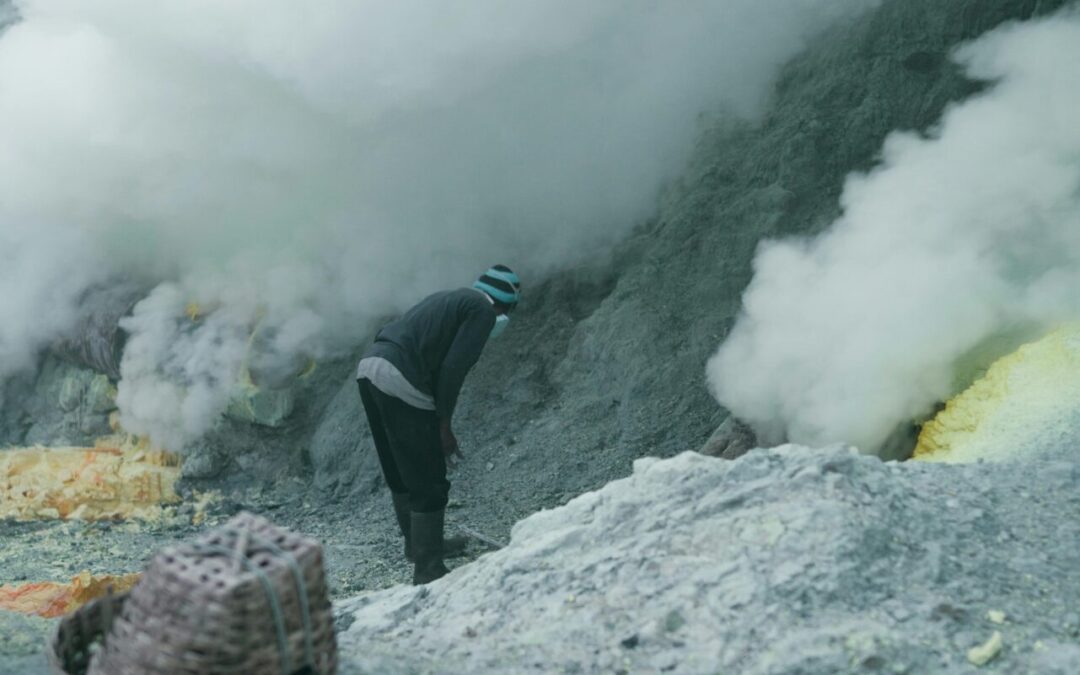The mining industry demands a strong focus on safety and compliance to protect workers and sustain operations. The MSHA Mine Data Retrieval System (MDRS) is a vital tool in achieving these goals. By providing centralized access to key mining data, the MDRS supports safety improvements, compliance monitoring, and industry transparency. This guide explores the purpose and benefits of the MDRS, emphasizing its role in enhancing mining operations and protecting lives.
What is the Primary Purpose of the MSHA Mine Data Retrieval System?
The MDRS serves as a comprehensive data resource for the mining industry. Its primary goal is to provide accessible, reliable information for mine operators, regulators, and the public. Key functionalities include:
- Mine Information: Offers details about mine locations, ownership, and operational status.
- Inspection Data: Provides insights into MSHA’s inspection activities, including findings and recommendations.
- Accident Reports: Includes detailed documentation of mining accidents to foster lessons learned.
- Compliance Data: Tracks adherence to MSHA regulations and highlights non-compliance areas.
- Incident Tracking: Maintains records of safety incidents to identify recurring patterns.
- Resource Planning: Aids operators and regulators in allocating resources effectively.
- Research and Analysis: Supports studies on mine safety, hazards, and industry trends.
- Public Transparency: Ensures that stakeholders, including communities and workers, have access to critical safety data.
By consolidating this information, the MDRS empowers stakeholders to make informed decisions that prioritize safety and efficiency.
How is the MDRS Updated and Maintained?
MSHA ensures that the MDRS remains accurate and up-to-date by:
- Regular Data Collection: Mining operators submit required reports on inspections, incidents, and production.
- Real-Time Updates: Inspection and accident data are updated as events occur.
- Technical Support: MSHA’s dedicated teams maintain the system’s reliability and user accessibility.
These measures guarantee the MDRS remains a reliable resource for real-time decision-making.
Who Can Access Data in the MDRS, and How is it Used?
The MDRS is accessible to a diverse range of users:
- Mining Companies: Utilize data to track compliance and improve safety measures.
- Regulators: Monitor adherence to MSHA regulations and target high-risk areas.
- Researchers and Academics: Analyze trends to recommend safety advancements.
- Public Stakeholders: Ensure community awareness and transparency.
This broad accessibility fosters collaboration and shared accountability in enhancing mine safety.
How Does MDRS Help Improve Mine Safety?
The MDRS plays a pivotal role in:
- Identifying Hazards: Access to inspection and incident reports helps operators proactively address risks.
- Tracking Trends: Recurring safety concerns can be spotted and mitigated.
- Enhancing Training: Data-driven insights inform targeted safety training programs.
By highlighting risks and sharing insights, the MDRS helps create safer workplaces for miners.

How Does MDRS Support Regulatory Compliance?
Staying compliant with MSHA regulations is crucial for mining operators. The MDRS supports this by:
- Providing a centralized location for compliance history.
- Highlighting recurring violations that need immediate attention.
- Offering insights into regulatory requirements and inspection expectations.
Proactive use of MDRS data minimizes non-compliance risks and associated penalties.
How Does MDRS Support Incident Investigation?
The MDRS streamlines incident investigations by:
- Providing detailed accident reports for analysis.
- Highlighting contributing factors to similar past incidents.
- Offering timelines and corrective action records to ensure accountability.
This resource helps regulators and operators understand root causes and implement preventative measures.
How Can MDRS Help Identify Emerging Safety Trends in the Mining Industry?
The MDRS acts as an early warning system for safety trends by:
- Aggregating data on frequent violations and hazards.
- Identifying new risks associated with emerging technologies or mining practices.
- Enabling predictive analytics to anticipate future safety challenges.
This forward-looking approach ensures the mining industry evolves to meet new safety demands.
What Role Does MDRS Play in MSHA’s Enforcement Actions?
The MDRS supports MSHA’s enforcement activities by:
- Providing inspectors with historical data for targeted evaluations.
- Highlighting repeat offenders and areas of concern.
- Documenting corrective actions to ensure ongoing compliance.
This comprehensive data aids MSHA in promoting accountability and improving safety outcomes.
What Benefits Does MDRS Provide to Mining Companies?
For mining operators, the MDRS offers several advantages:
- Improved Safety: Access to incident reports and trends helps prevent accidents.
- Enhanced Efficiency: Data-driven decisions lead to optimized operations.
- Cost Savings: Avoiding violations and penalties reduces financial risks.
- Reputation Management: Demonstrating compliance and transparency builds trust with stakeholders.
Utilizing the MDRS equips mining companies to prioritize safety while maintaining operational efficiency.
The Crucial Role of MDRS in Enhancing Mine Safety and Compliance
The MSHA Mine Data Retrieval System (MDRS) is more than just a data repository; it is a cornerstone of mine safety and compliance efforts. By providing access to critical information, the MDRS empowers operators, regulators, and stakeholders to create safer and more accountable mining environments. As the industry evolves, the MDRS will continue to play an essential role in driving safety innovations and fostering a culture of compliance.

